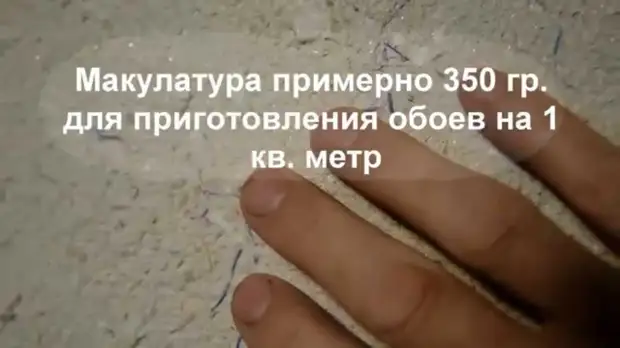
How to make liquid wallpaper yourself from scratch.
On this request, the Internet gives instructions to block liquid wallpaper. Here we will analyze exactly the creation of liquid wallpapers with your own hands, from the source components, entirely and completely.
The main thing is the basis of our research: liquid wallpaper is a type of plaster. Further - just the details.
How to make liquid wallpaper yourself from scratch? Oddly enough, just: you need to know the composition. Of course, the composition of liquid wallpapers manufacturer protects; Exact proportions are unknown. However, some analysis can open the mystery over this interesting question. What we do.
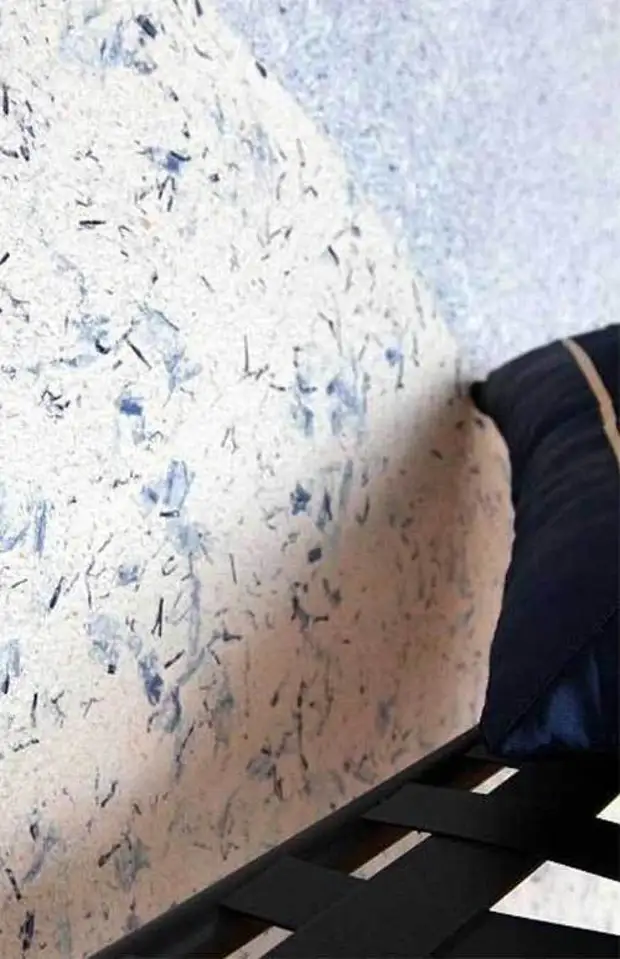
The composition of liquid wallpapers (generalized):
- Cellulose fibers,
- cotton,
- Silk (Silk Thread)
- Wool, yarn (wool thread)
- Natural textile fibers
- Artificial textile fibers (lavsan, polyester, etc.)
- acrylic,
- Cellulose glue CMC
- Sequins of various colors and materials (including mineral components - pearl, mica, mineral crumb, etc.)
- Dyes
- Anti-grib additives
Note: Liquid wallpaper from silk the most durable (resistant to ultraviolet). Therefore, if you need durability, then you know what to look for.
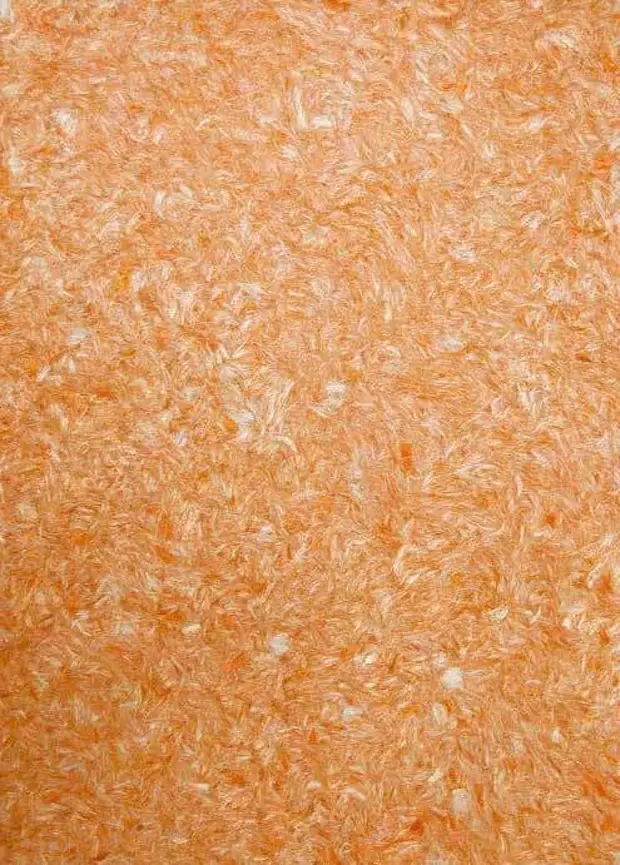
Components of liquid wallpapers - how to get with your own hands.
What is cellulose (cotton) fibers? This is Vata. . It's just color cotton wool. Finely chopped, but ordinary wool. How to do it? Very simple: buy cotton and cut it with scissors. Seriously, the easiest way. Enter into the search engine "buy cotton fibers" and get a bunch of proposals. Coloring wool - any dyes on the fabric.
Similarly, the wool is searched (it is - yarn ), polyester fibers (syntheps), polyester fibers, flax fibers and so on, etc.
Textile fibers are threads. That is, having bought several motors of the threads of various colors (cellulose, hb, woolen, synthetic), you can easily apply a bunch of fibers of the desired length. Agree, this is not the most non-monotonic procedure in life ... But since we have gathered to do liquid wallpaper from scratch, you can work with scissors well or head - and come up with a mechanized method for producing fibers from affordable raw materials.
Cellulose glue CMC is glue Bustilate Based on carboxymethylcellulose. Sold in any store.
Acrylic is bought over the Internet. Actually, if you use glue for wallpaper, then acrylic is not needed, it is just a form of a binder with greater resistance to water than ordinary glue.
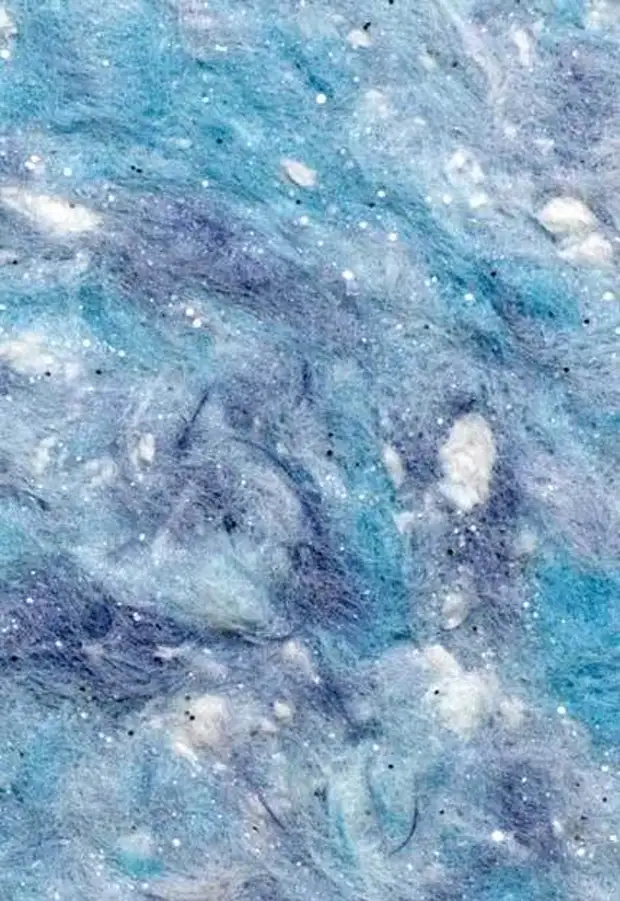
Mineral components (blasting, pearl, etc.) - the same as in the usual Venetian plaster. Only in contrast to the Venetian plaster, the adhesive binder in liquid wallpaper is more organic. How to get these mineral components? Just buy, because
- Marble dust
- Quartz dust
- mica
- nacre
- And so on, at least a stone coal
Easy to find over the Internet. Choose a smaller fraction - the transitions will smoothly.
To get the liquid wallpaper of the desired color, dyes are needed. There is a lot of colors on sale; Their non-complete stirring gives wonderful divorces, transition effects and other decorative pieces. Various color combinations give the mosaic effect.
Anti-grib additives are any fungicides in a construction store. Perhaps in this regard should pay attention to sodium silicate (liquid glass).
So, with the components of liquid wallpapers and their receipt, we figured out, go to the manufacture.
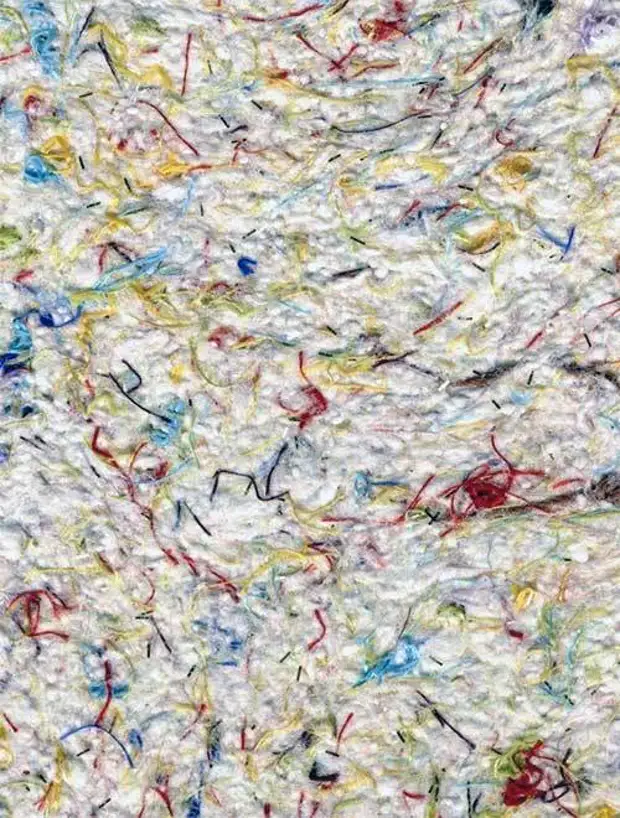
We make liquid wallpaper from scratch and do it yourself.
We offer you two options for the manufacture of liquid wallpaper. The first option is simply imitation of the color of liquid wallpaper, although the easiest approach. The second option is the results of data analysis in order to obtain as much as possible quality of liquid wallpaper as possible (as promised in advertising - heat, sound insulation, etc.).The first option, how to independently make liquid wallpapers.
The instruction found in http://www.koronapool.com.ua/zhidkie-oboi-svoimi-rukami:
We buy a bag of the most ordinary putty, we will drag according to the instructions on the package and add a kel, well, say brown, stir until a homogeneous color is obtained and add a little yellow. We turn a couple of times and ready. You will have a lot of brown with yellow streams (colors choose any, in your taste). We impose it on a spatula of 30-40 cm long and put on the wall. After complete drying, we apply to the top of the putty colorless varnish. Here you have a liquid wallpaper for which you pay specialists not small money. As you can see - nothing is difficult here. Do not be afraid to work with your hands and your head then and the money will be beautiful in the apartment.
As you can see, it's just imitation of the color of liquid wallpaper. But as an option, this method is great. Especially since its modification will result in real liquid wallpaper, which further:
The second option to create liquid wallpapers from scratch.
Rather, it is not even an option, but a set of options, because we vary the components.
Let's start with the experiments with the adhesive basis. It may be the usual adhesive of bustylate purchased in the construction program. And there may be his substitute from natural components.
And maybe any other adhesive base (for example, based on acrylic plaster).
Thus, we have at least three sub-options with the adhesive basis alone:
- glue for wallpaper (bustylate or any other, dry or liquid; plus - anti-grapple additive is already part of)
- Natural adhesive base with natural components (plus - Pure Ecology)
- Acrylic plaster (plus - not needed with lacquer lacquer).
Now consider the options for fillers. At least, a variety of dyes, as in the first embodiment of liquid wallpapers (dyes, are described in more detail in the composition of liquid wallpaper). As a maximum - everything that managed to find, any fibers, sand (marble or quartz), mica, decorative glitters ... All that was available and where you have a fantasy.
Well, now all this needs to be connected.
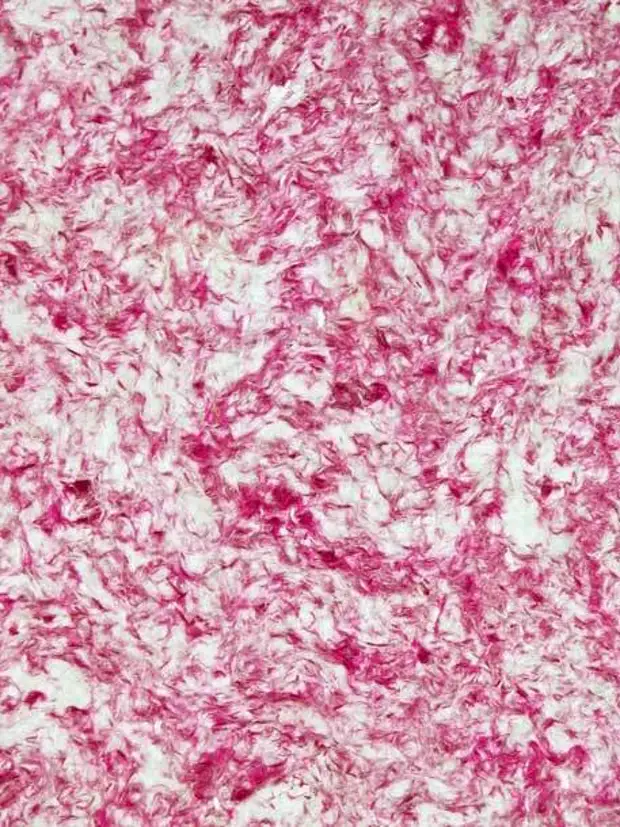
Sequence of cooking liquid wallpapers at home
Step 1. Get and crushed components. Hint: The more components, the more painfully the result will look.Step 2. Mix the adhesive base and components. Hint: The components are unevenly mixed, the picturesque walls are the walls. The main color, fiber, mineral must be mixed with glue evenly. But already additional decorative supplements - as it fell.
Step 3. Apply a mixture on the walls, give dry, climb if necessary.
Since the exact proportion of components is unknown, before the capital application of homemade liquid wallpaper, you need to test mixtures for resistance, drying and so on. And the correction of the composition (if they peel - more glue, if you crack - more mineral aggregate, if you disappear - less fibers). The more trial options (cotton + acrylic plaster, cotton + wallpaper glue, silk thread + acrylic ... ... ...) the more interesting research and results will be.
Thus, it is very possible to make liquid wallpaper independently.
Who has practical experience on this topic - please share in the comments!
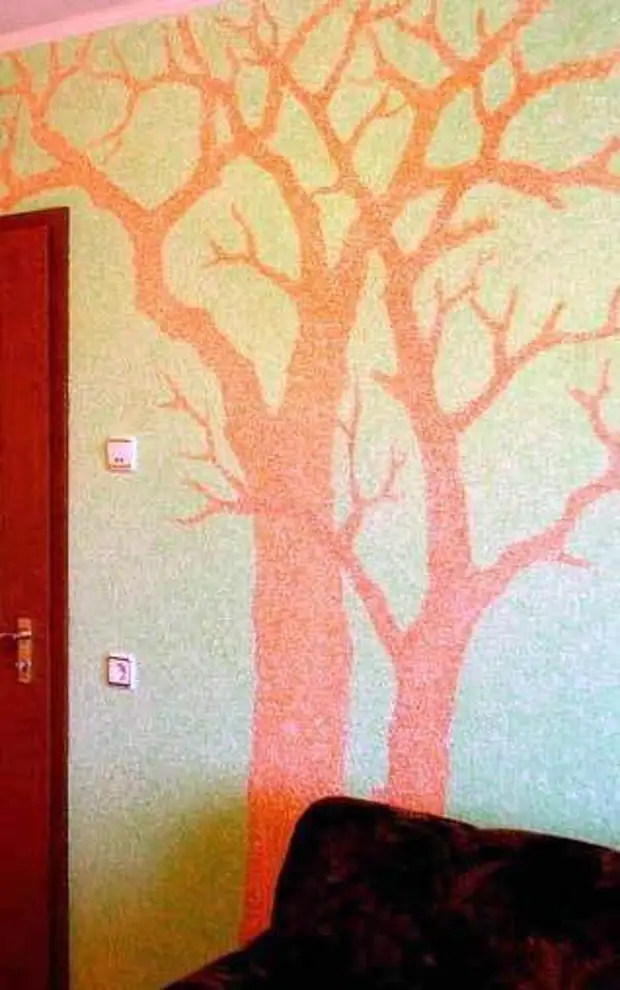
A source
